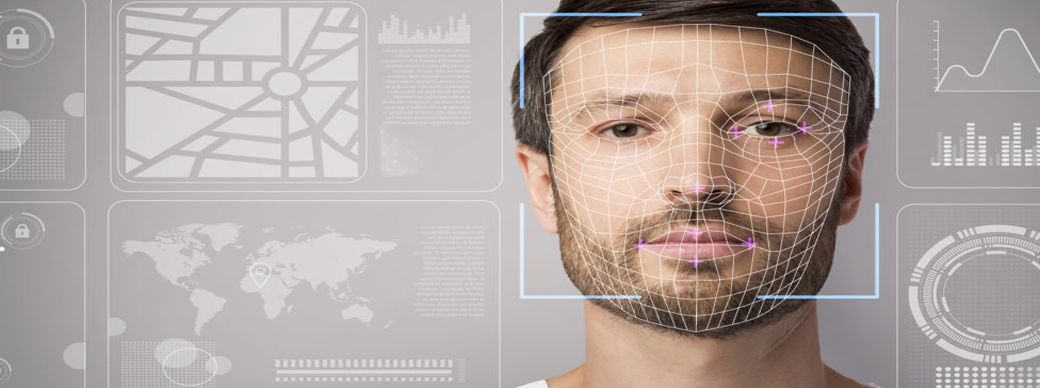Face Recognition

WHAT IS FACE RECOGNITION? Face recognition is a technology capable of identifying or verifying a subject through an image, video or any audiovisual element of his face. Generally, this identification is used to access an application, system or service. It is a method of biometric identification that uses that body measures, in this case face and head, to verify the identity of a person through its facial biometric pattern and data. The technology collects a set of unique biometric data of each person associated with their face and facial expression to identify, verify and/or authenticate a person. If you are interested in getting more information about customer identification, contact us FACE RECOGNITION SYSTEM The procedure simply requires any device that has digital photographic technology to generate and obtain the images and data necessary to create and record the biometric facial pattern of the person that needs to be identified. Unlike other identification solutions such as passwords, verification by email, selfies or images, or fingerprint identification, Biometric facial recognition uses unique mathematical and dynamic patterns that make this system one of the safest and most effective ones. The objective of face recognition is, from the incoming image, to find a series of data of the same face in a set of training images in a database. The great difficulty is ensuring that this process is carried out in real-time, something that is not available to all biometric facial recognition software providers. The facial recognition process can perform two variants depending on when it is performed: The one in which, for the first time, a facial recognition system addresses a face to register it and associate it with an identity, in such a way that it is recorded in the system. This process is also known as digital onboarding with facial recognition. The variant in which the user is authenticated, prior to being registered. In this process, the incoming data from the camera is crossed with the existing data in the database. If the face matches an already registered identity, the user is granted access to the system with his credentials. HOW DOES FACE RECOGNITION WORK? Face recognition systems capture an incoming image from a camera device in a two-dimensional or three-dimensional way depending on the characteristics of the device. These ones compare the relevant information of the incoming image signal in real-time in photo or video in a database, being much more reliable and secure than the information obtained in a static image. This biometric facial recognition procedure requires an internet connection since the database cannot be located on the capture device as it is hosted on servers. In this comparison of faces, it analyses mathematically the incoming image without any margin of error and it verifies that the biometric data matches the person who must use the service or is requesting access to an application, system or even building. Thanks to the use of artificial intelligence (AI) and machine learning technologies, face recognition systems can operate with the highest safety and reliability standards. Similarly, thanks to the integration of these algorithms and computing techniques, the process can be carried out in real-time. BIOMETRIC FACIAL RECOGNITION USES CASES Face recognition uses focus on verification or authentication. This technology is used, for example, in situations such as: Second authentication factor, to add extra security in any log-in process. Access to mobile applications without a password. Access to previously contracted online services (login on online platforms, for example). Access to buildings (offices, events, facilities of any kind …). Payment method, both in physical and online stores. Access to a locked device. Check-in in tourist services (airports, hotels…). SMILEID, THE STANDARD BIOMETRIC FACIAL RECOGNITION SOLUTION At Electronic IDentification (eID) we have developed SmileID, a biometric facial recognition solution based on face recognition technology. SmileID, unlike other unsafe and non-reliable face recognition solutions, uses AI algorithms and machine learning to offer total reliability, while complying with the highest safety standards and the strictest regulations. In addition, it is a versatile and universal solution that adapts to any device and channel.
Interdum et malesuada fames ac ante ipsum primis in faucibus. Pellentesque venenatis dolor imperdiet dolor mattis sagittis. Praesent rutrum sem diam, vitae egestas enim auctor sit amet. Pellentesque leo mauris, consectetur id ipsum sit amet, fersapien risus, commodo eget turpis at, elementum convallis elit. Pellentesque enim turpis, hendrerit tristique lorem ipsum dolor.